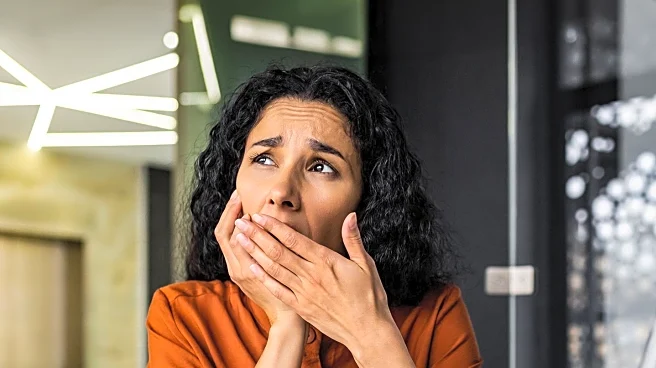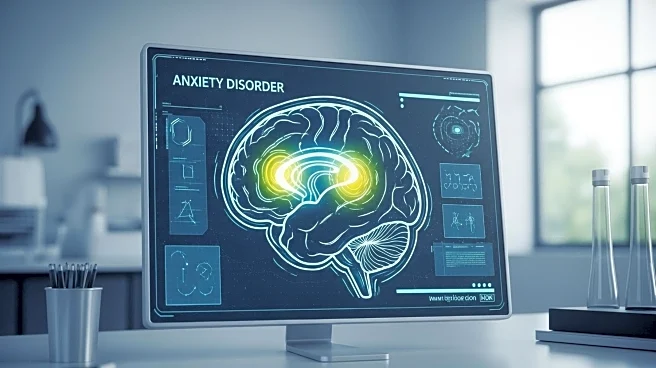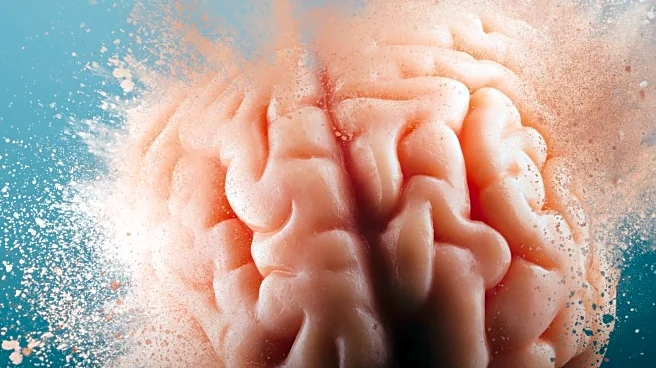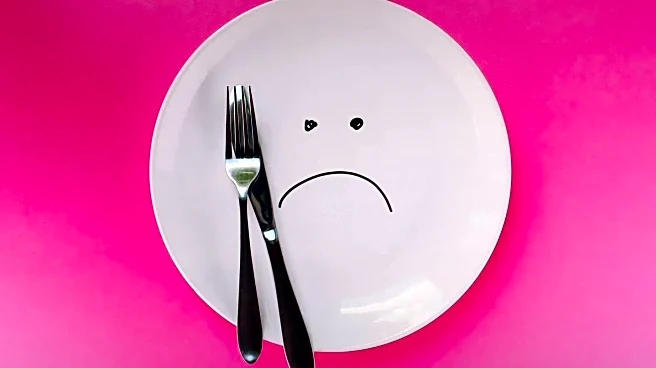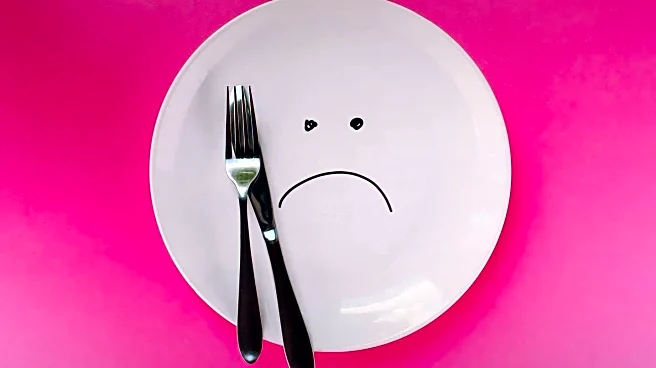What's Happening?
As the days grow shorter, many individuals experience a decline in mood, commonly known as the winter blues. Approximately 1 in 20 adults suffer from seasonal affective disorder (SAD), while millions more experience milder symptoms. Experts suggest that exposure to bright light, particularly through the use of a light box, can help mitigate these effects. The light box emits bright white light, which helps reset the body's circadian rhythms, aligning them with the natural day-night cycle. This therapy is particularly effective when used in the morning for about 30 minutes. Research indicates that bright light therapy can be as effective as standard antidepressant medications in alleviating symptoms of seasonal depression.
Why It's Important?
The significance of bright light therapy lies in its potential to offer a non-pharmaceutical option for managing seasonal depression. This is particularly relevant for individuals who prefer or require alternatives to medication due to side effects or personal preferences. The therapy's ability to improve mood and reduce depression symptoms within a week makes it a valuable tool for mental health management during the darker months. Additionally, the accessibility of light boxes, which can be purchased online, provides a practical solution for many. The therapy's effectiveness in combination with other treatments also offers a comprehensive approach to mental health care.
What's Next?
As the fall season progresses, individuals are encouraged to establish a routine with their light boxes to maximize benefits before the darkest winter months. Experts recommend selecting a light box that emits at least 10,000 lux of light for optimal results. Awareness campaigns and further research may help increase recognition of bright light therapy as a viable treatment option. Healthcare providers might also consider integrating this therapy into broader treatment plans for patients with seasonal affective disorder or milder winter blues.
Beyond the Headlines
The broader implications of bright light therapy extend to its potential role in addressing other forms of depression and mood disorders. As research continues, the therapy could become a standard recommendation for various mental health conditions, emphasizing the importance of natural light exposure in overall well-being. Additionally, the therapy highlights the need for a holistic approach to mental health, incorporating lifestyle changes alongside traditional treatments.




